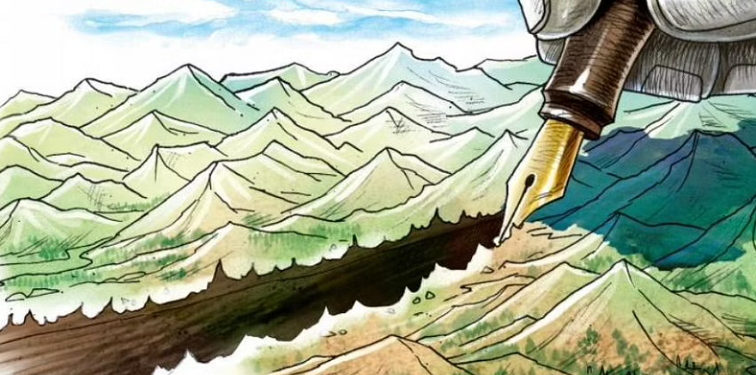News Highlight
Five villagers from Meghalaya and an Assam forest guard were killed, and two others were seriously injured, in a firing incident along the boundary disputes between the two states.
Key Takeaway
- The Assam government said the incident happened after its forest guards tried to intercept a truck smuggling illegal timber.
- Assam and Meghalaya have a five-decade-old boundary dispute.
Inter-state border dispute
- Border disputes in Northeast India mainly include inter-state conflict between Assam–Mizoram, Assam–Arunachal Pradesh, Assam–Nagaland and Assam–Meghalaya.
- The disputes, including clashes between rival police forces, have resulted in the loss of life, livelihood and property.
Meghalaya-Assam inter-state dispute
- The problem between Assam and Meghalaya started when the latter challenged the Assam Reorganisation Act of 1971, which gave Blocks I and II of the Mikir Hills or present-day Karbi Anglong district, to Assam.
- Meghalaya contends that these blocks formed part of the erstwhile United Khasi and Jaintia Hills district when it was notified in 1835.
- Meghalaya bases its case on survey maps of 1872 and 1929 and certain notifications of 1878 and 1951, while Assam wants to go by the rejected recommendations of the Churachand Committee.
Reasons for the Interstate border dispute
- The states’ reorganisation
- Several inter-state border disputes have their roots in the reorganisation of states in the 1950s (which) was primarily based on language.
- As a result, there is a border dispute between Karnataka and Maharashtra, Karnataka and Kerala, Karnataka and Andhra Pradesh, and so on.
- The complex terrain
- The other complexity has been terrain — rivers, hills, and forests straddle two states in many places, and borders cannot be physically marked.
- Colonial maps had left out large tracts of the northeast outside Assam as “thick forests” or marked them “unexplored”. As a result, indigenous communities were, for the most part, left alone.
- Indigenous Communities
- Indigenous communities were, for the most part, left alone. Boundaries would be drawn for administrative convenience when the “need” arose.
- Separatist movement
- The separatist movement is intensely present in these areas. This promotes border disputes.
- Lack of development
- There is a lack of developmental projects in these areas, and this region still needs to be completely successful in connecting with the mainstream of society.
- Poverty and illiteracy prevail in these areas. In such a situation, protectionist concepts make them controversial.
Way forward
- Dialogue and political settlements
- The states or the Centre can resolve interstate border disputes through dialogue and political settlements.
- Commissions
- Commissions and committees can be formed by including all stakeholders and suggesting relevant measures.
- Strengthening cooperative federalism
- Cooperative federalism can be strengthened by improving the role of the Inter-State council, NITI Aayog and Zonal councils etc.
- The Need for an Interstate Boundary Commission
- Considering the contesting claims of both parties and the complexity of the issue, the foremost priority in working out a solution should be the institution of an independent Interstate boundary commission.
- Use new-age technologies
- Boundary disputes between the states can be settled by using satellite mapping and drones to get the actual border locations.
Content Source: The Hindu



